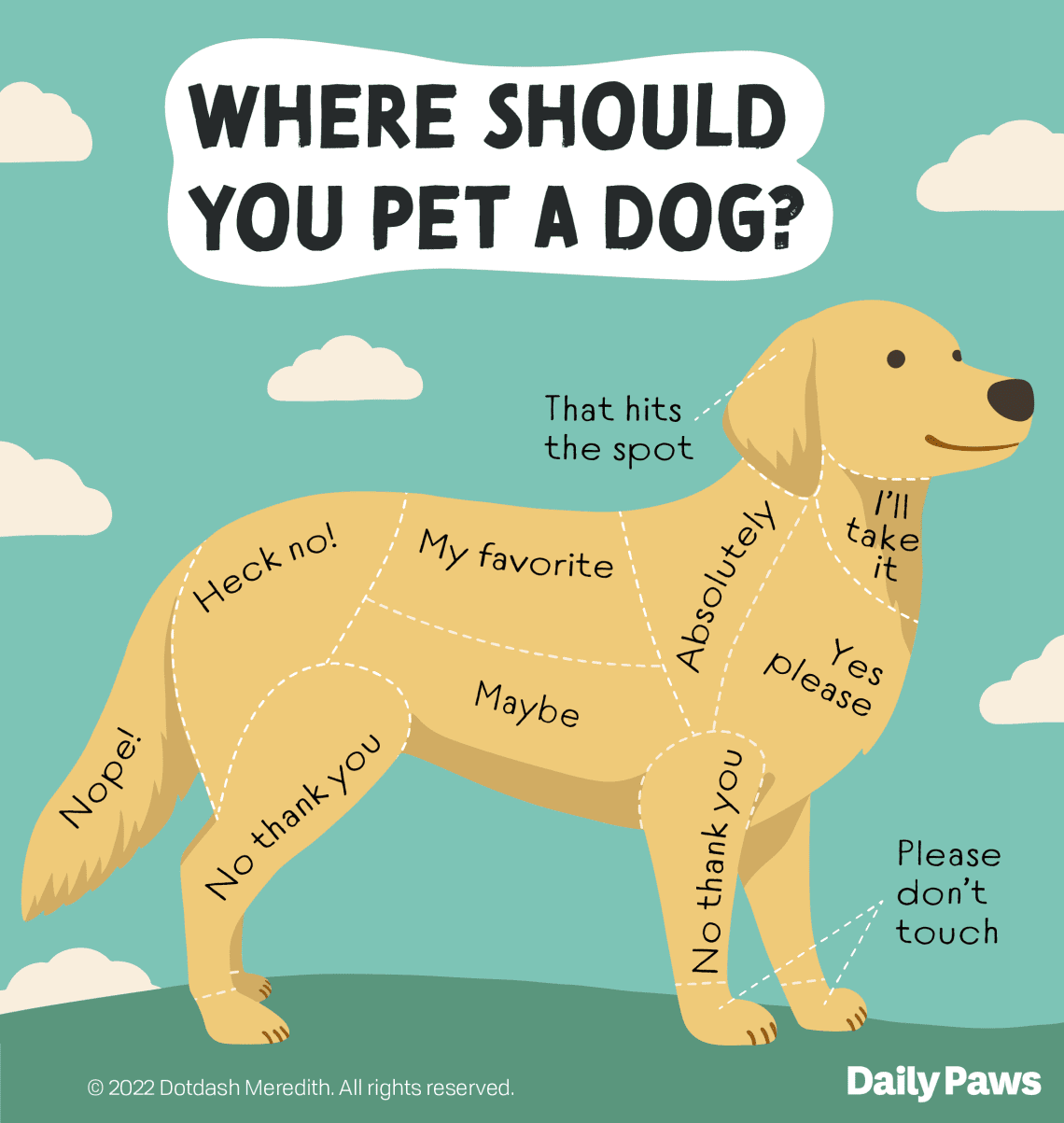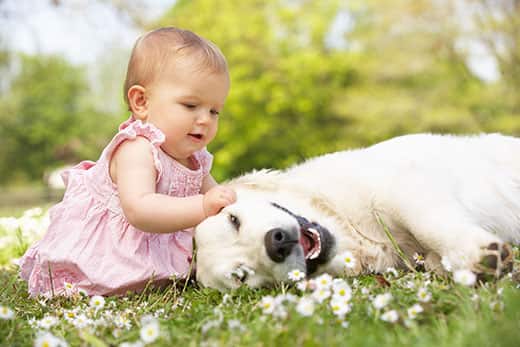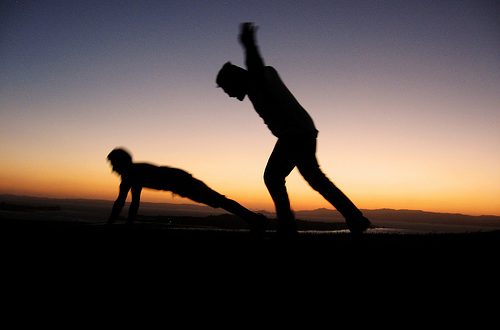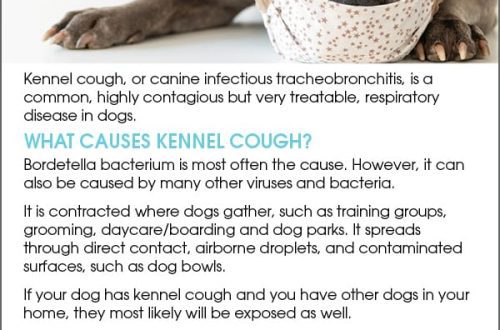
Does a dog like being stroked?
It seems that the dog’s head and the human hand are just made for each other. But why do pets love being petted so much, and where is the best place to pet them? To answer these questions, it is important to understand the signals animals give before, during, and after being petted. Brace yourselves – we’re about to explore the scientific basis for how to pet your dog the right way.

Contents
What you need to know before petting your dog
Have you ever heard the saying “don’t wake a sleeping dog”? While all dogs enjoy being petted, they should be the ones who initiate the petting. Whether it’s a new puppy, an old furry friend of yours, or a dog you haven’t met before, petting should only be done if both you and the animal want it. If the dog wants to be petted, he will sniff you, and then his ears and other parts of the body will relax. When she starts wagging her tail a little or caressing you, it’s a sign that she’s ready for another round of petting.
You should first stroke her chest, shoulders, or the base of her neck instead of rubbing the top of her head with your hand. The first strokes should be slow and a bit like a light massage. Avoid the area at the base of the tail, under the chin and the back of the neck. Definitely don’t grab your dog’s muzzle and roughly rub his ears, as most of them don’t like this style of petting. Once you get to know your dog well, you can try petting it in other places and see what it likes. When you’re done petting your dog, use an appropriate word like “ready” so your dog doesn’t keep jumping up and down and try to nuzzle and knock you down in anticipation of a new pet.
How do you know if a dog really loves you?
Do dogs want you to pet them all the time? For the most part, dogs love to be stroked as a way to strengthen their relationship with their owner. According to Paws for People, “It’s well known (and scientifically proven) that interacting with a gentle, friendly pet has significant benefits for both humans and dogs.” However, petting your dog should be done in a way that pleases him and makes him feel calm, loved, and protected. It is important to take time every day for your pet and allow others to pet her the way she likes.
When you get a new puppy, it’s important to get to know him and what he likes before you start socializing him with other animals and people. This will allow you to recommend to people the best way to approach and pet the dog in order to reduce his fear of strangers. Keep in mind that some pets bond better than others, and while your puppy may enjoy tummy rubs when he’s at home with you, he may not like it at all when he’s out and about with strangers.
Looking for “the place”
Have you ever noticed that when you rub your dog’s belly, the paw twitches quickly? On Animal Planet, this involuntary movement is described as the scratching reflex. While it may seem funny to you that your dog twitches his paw, it actually activates the nerves to the spinal cord at this point, and this can be annoying and uncomfortable. Some people think that rubbing that spot on the dog’s stomach is what they want, but in most cases, dogs prefer to lie next to you and have you stroke their chest instead. Just like in humans, massage should cause relaxation, and not involuntary quick movements of the arms and legs.
So, the next time you see your dog, remember to let him initiate the contact, start by petting his chest and shoulders, and let him decide how long and how often to pet him.





